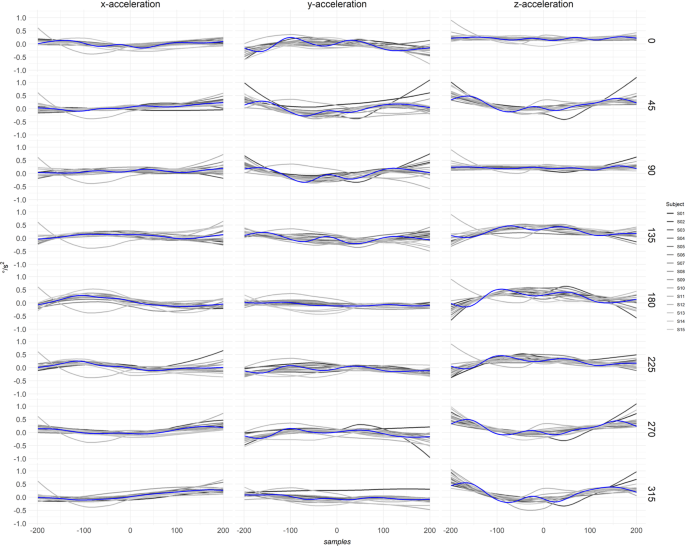

- #TRAVELL AND SIMONS TRIGGER PAIN POINT PATTERNS PDF#
- #TRAVELL AND SIMONS TRIGGER PAIN POINT PATTERNS MANUAL#
Scalene TP’s do not restrict neck rotation as levator scapulae trigger points can, but there may be pain on the same side when turning your head as far as you can, especially if you also dip your chin down to your chest while doing so. This may cause you to be unable to bend your neck all the way to the opposite side (of the problem muscles). Moving the head and neck around, trying to relieve your sore neck, may be an indication of scalene myofascial problems. The anterior and medius are often involved together and when the minimus is affected, so are all three others. 78-82.Īccording to Travell and Simons, the anterior scalene is most often affected by trigger points, followed in order of reducing frequency by the middle and then the posterior scalene. Oakland, CA: New Harbinger Publications, 2004. 5: Shoulder, Upper Back, and Upper Arm.” The Trigger Point Therapy Workbook: Your Self-treatment Guide for Pain Relief. Also, neurovascular compression of scalene associated thoracic outlet syndrome may cause ischemic pain mistaken for cervical nerve root origin, although the pain patterns are different. Arm pain may be assumed to be a muscle strain, or, pain to the arms or hands may be diagnosed as a cervical nerve root compression caused by a ruptured or degenerated disc.

Shoulder pain from scalene TrP’s may pass for bursitis or tendonitis. They may also refer pain to the chest, which can be mistaken for angina.

This may be blamed on problems with the rhomboid muscles. Trigger points in the scalenes can be a source of interscapular pain (pain between the shoulder blades) and medial scapular border pain. They may be the most likely muscle to harbor trigger points resulting in upper extremity pain, but unfortunately may also be the hardest to locate and treat. Since the scalenes are hidden and rarely mentioned or even thought about they are easily overlooked for more prominent (and popular) muscles. They refer pain to such a wide area of the chest, shoulders, arms, hands, and upper back that the symptoms can be mistaken for many different things or be blamed on trigger points in different muscles, which may be a problem as well but not the ultimate source of the pain. The scalenes, as should be obvious from the preceding description, are quite complicated muscles and so they can have many different trigger points. Although it is a good idea to keep the shoulders pinned back during most lifting exercises, do not exaggerate this and do not excessively puff the chest out and up. Learn to take your breaths into the diaphragm (discussed more below) and don’t tense your neck, or crane if forward when lifting. When you strain on a heavy lift, such as a barbell squat, you may find yourself holding your breath while tensing the muscles in your shoulder and chest area. Travell & Simons’ Myofascial Pain and Dysfunction: the Trigger Point Manual.
#TRAVELL AND SIMONS TRIGGER PAIN POINT PATTERNS MANUAL#
Travell and Simons' Myofascial Pain and Dysfunction: The Trigger Point Manual have been hailed as the definitive references on myofascial pain and locating trigger points. Reseña del editor Volumes 1 and 2 of Drs.
#TRAVELL AND SIMONS TRIGGER PAIN POINT PATTERNS PDF#
LIBRO Travell and Simons' Trigger Point Flip Charts de Janet Travell PDF ePub


 0 kommentar(er)
0 kommentar(er)
